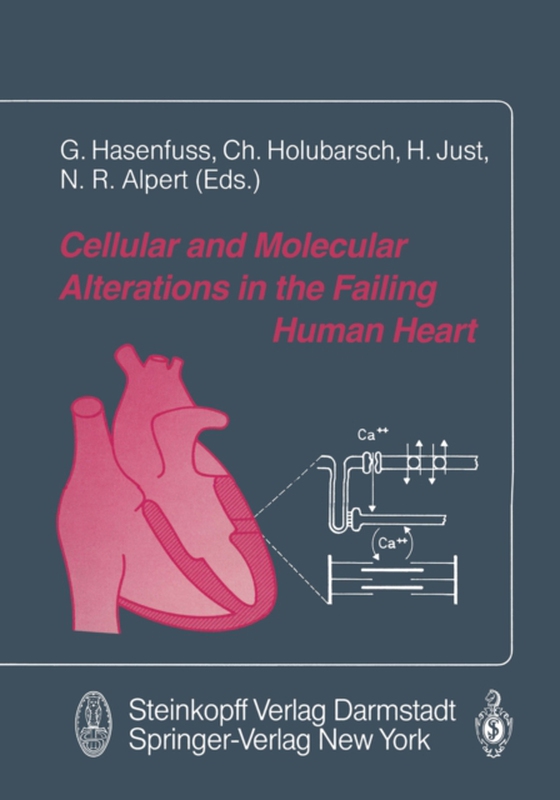
Cellular and Molecular Alterations in the Failing Human Heart e-bog
875,33 DKK
(inkl. moms 1094,16 DKK)
The myocardium in heart failure: Cellular and subcellular alterations in the failing human myocardium. H. Just Medizinische Universitatsklinik Freiburg i. Br., Innere Medizin III - Kardiologie, FRG The syndrome of heart failure continues to be a major challenge to clinicians and scientists. Incidence and mortality of the disease are high, the patient is disabled, and is permanently threatened b...
E-bog
875,33 DKK
Forlag
Steinkopff
Udgivet
6 december 2012
Genrer
Physiology
Sprog
English
Format
pdf
Beskyttelse
LCP
ISBN
9783642724749
The myocardium in heart failure: Cellular and subcellular alterations in the failing human myocardium. H. Just Medizinische Universitatsklinik Freiburg i. Br., Innere Medizin III - Kardiologie, FRG The syndrome of heart failure continues to be a major challenge to clinicians and scientists. Incidence and mortality of the disease are high, the patient is disabled, and is permanently threatened by the high morbidity and mortality. The clinician faces a syndrome of complex pathophysiology. Multiple causes or underlying disorders of the heart have to be differentiated from heart failure itself, which often results in exceedingly difficult diagnoses. Likewise, prognostication meets with difficulties due to problems in separating influences of the underlying disease and the heart failure syndrome itself. In chronic refractory failure annual mortality may exceed 50%. If aortic stenosis or ischemic cardiomyopathy with main- stem lesions are present, this percentage may be even higher. The situation becomes particularly threatening to the patient when the reduction in cardiac performance goes along with complex ventricular arrhythmias. Therapy has remained difficult and of limited effectiveness. Major progress was achieved with the introduction of diuretic substances. Of similar importance was the introduction of va so dilating drugs into the treatment of heart failure. The principle of vasodilation has greatly improved our understanding of the disease, and has brought about a major improvement of symptoms, increase of exercise capacity, and reduc- tion of mortality. This is especially true for the introduction of the angiotensin converting enzyme inhibitors.
 Dansk
Dansk

